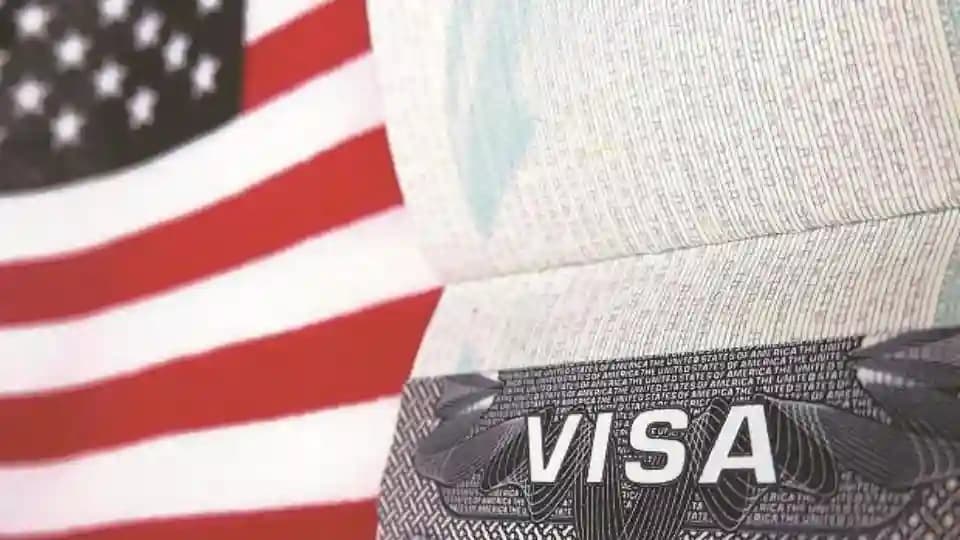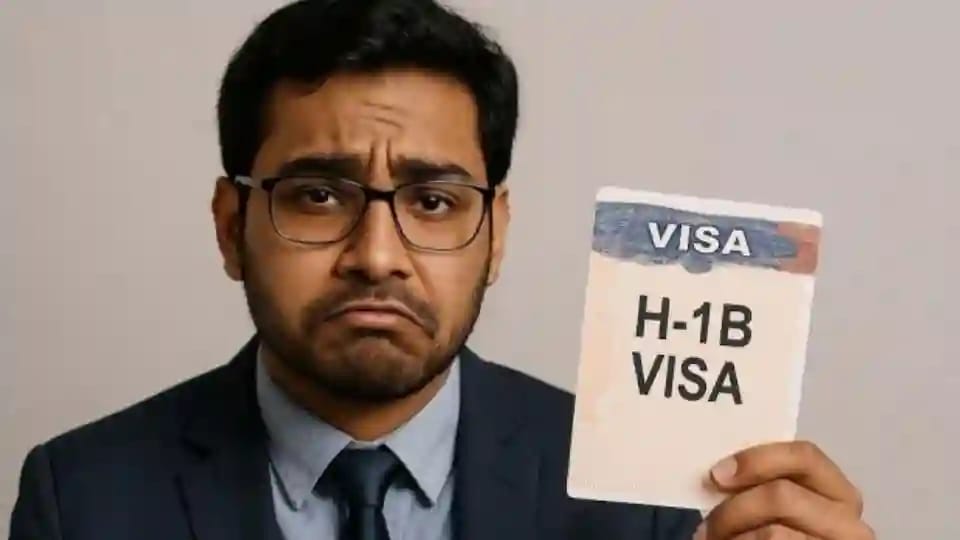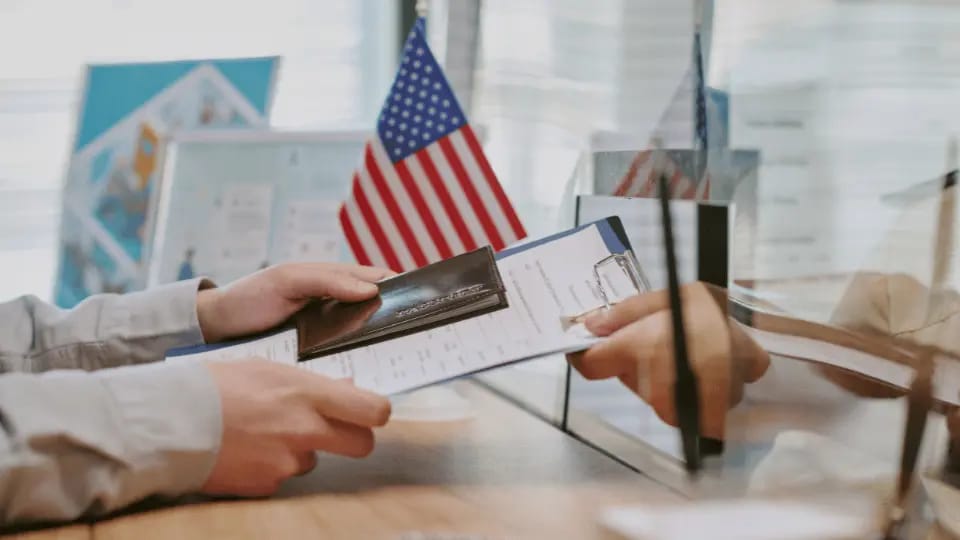L1 visa may work if you miss H-1B - here's who qualifies and who doesn't
By Surbhi Gloria Singh — New Delhi
4 min read | Last Updated : Apr 10 2025 | 1:58 PM IST
For those who haven't been selected in the H-1B lottery, the L1 visa may be another way into the United States—if their job and company meet certain conditions. The L1 is a non-immigrant visa that allows US employers to transfer executives or managers from affiliated offices abroad to the US.
It also allows foreign companies to send key personnel to establish a US branch, provided certain requirements are met. But not everyone qualifies.
“You must meet three core conditions for the L1 route to work,” said Abhisha Parikh, a US-based immigration lawyer, in a social media post.
Basic conditions for L1 eligibility
According to Parikh, applicants need the following:
- Connection to a foreign office – The company must have a qualifying relationship with a US entity, such as a parent, subsidiary, affiliate or branch.
- Job role – The applicant should hold a managerial or executive position (L1A) or possess specialised knowledge critical to the company (L1B).
- Work experience – The person must have worked for at least one continuous year outside the US for the company within the last three years.
“If you're missing even one of these, the L1 visa likely isn't an option. It's built for specific intra-company transfers, so double-check before moving forward,” said Parikh.
USCIS requirements
According to the US Citizenship and Immigration Services (USCIS), the employer must:
Have a qualifying relationship with a foreign entity
Be doing business in the US and in at least one other country during the employee’s stay
USCIS defines "doing business" as regularly and continuously providing goods or services, not merely maintaining a presence in the US or abroad.
L-2 spouse work rights
Spouses of L1 holders, categorised under L-2S status, are allowed to work in the US. They don’t need to apply for work authorisation separately but may still choose to get an Employment Authorisation Document (EAD).
Acceptable documents for employment eligibility include:
An unexpired Form I-94 marked with L-2S status
An unexpired Form I-94 marked L-2, along with a USCIS notice about the new admission code
An unexpired EAD (Form I-766)
A facially expired EAD with valid extension documents
Costs for L1 application
Form I-129 (petition): $460
Anti-fraud fee: $500
Premium processing (optional): $2,805
Visa application fee (DS-160): $190
Other visa alternatives if L1 is not a fit
If neither H-1B nor L1 visas work out, there are a few other visa categories Indian nationals can explore, said Varun Singh, managing director at XIPHIAS Immigration. These include:
O-1 visa for individuals with extraordinary ability
< For those with national or international recognition in science, business, education, arts or athletics
< Form I-129 fee: $1,055 (or $530 for small firms/non-profits)
< DS-160 fee: $190
E-2 investor visa
< For nationals of treaty countries investing in a US business. India is not eligible, but Indian citizens holding a passport from a treaty country may apply
< Must invest a substantial amount and control at least 50% of the business
< Form I-129: $460
< DS-160: $205
H-3 trainee visa
< For those undergoing training in the US that is not available in their home country
< Regular employment is not allowed
< Form I-129: $460
< DS-160: $190
F-1 visa with OPT and STEM OPT extension
< For international students at SEVP-approved schools
< Eligible for one year of OPT, with a 24-month extension for STEM degrees
< SEVIS fee: $350
< DS-160 fee: $185
Cap-exempt H-1B
< Jobs at universities, non-profits and research institutions are not subject to the H-1B lottery cap
EB-2 and EB-3 green card sponsorship
EB-2: Advanced degree or exceptional ability
EB-3: Skilled, professional or unskilled workers
Form I-140: $715
DS-260: $345
I-864 fee: $120
J-1 exchange visitor visa
For short-term exchange programmes involving trainees, interns, researchers
SEVIS fee: $220
DS-160: $185



